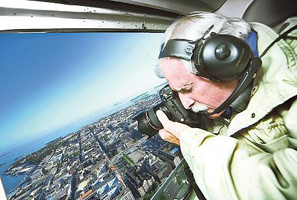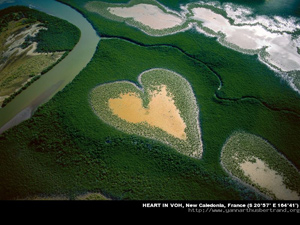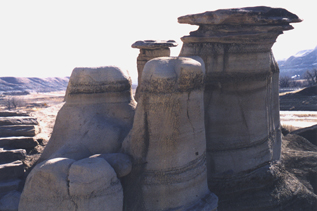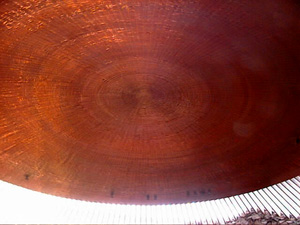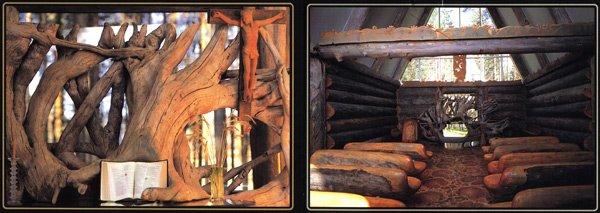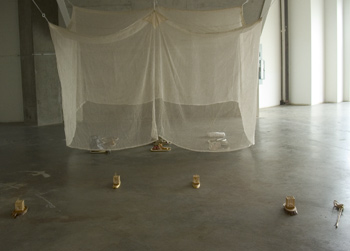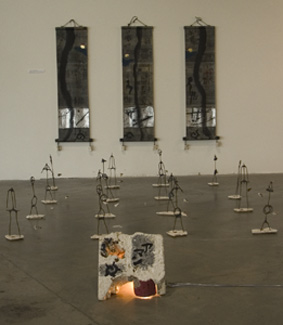new printmaking blogs
A warm welcome to new printmaker blogger Printfreak, a graduate student in the US. Amongst other things, she has been writing about well-known printmakers Mauricio Lasansky, Stanley Hayter, Kiki Smith and some interesting artists new to me.
Printfreak also has some great links to printshops and the marvellous new Print Australia blog, which I’ve just discovered and also wish to welcome to our still small group of printmaker bloggers! I believe it comes from a member of the Print Australia community that is well-known for their online resources for printmakers. This blog has announcements of print exhibitions, calls for entries to printmaking competitions both international and Australian, printmakers’ conferences, a book and so on. I’m so pleased and excited to see this presented in the blog format and with RSS feed, which really helps printmakers keep on top of the latest news in the international community.
ADDENDUM: And a specially warm welcome and thank you to Josephine Severn for writing in below. As I suspected, Josephine is the author of the Print Australia blog, as well as being the founder of Print Australia, “an online community for printmakers, book artists and papermakers. International in scope, it comprises a research library, a mailing list/forum, a weblog of activities and an online gallery of member’s work. Print Australia seeks to provide a forum for printmakers interested in contemporary print practices; including safer (less toxic) printing methods such as photopolymer plate, and the combination of traditional print practice with new technologies.”
Josephine also has several interesting webpages of her own, her Dalwood Studio, on water and on mud.
I apologize for some lazy reading regarding Imprint Magazine which is a publication of the Print Council of Australia, not Print Australia which I wrote before (and have now deleted).
